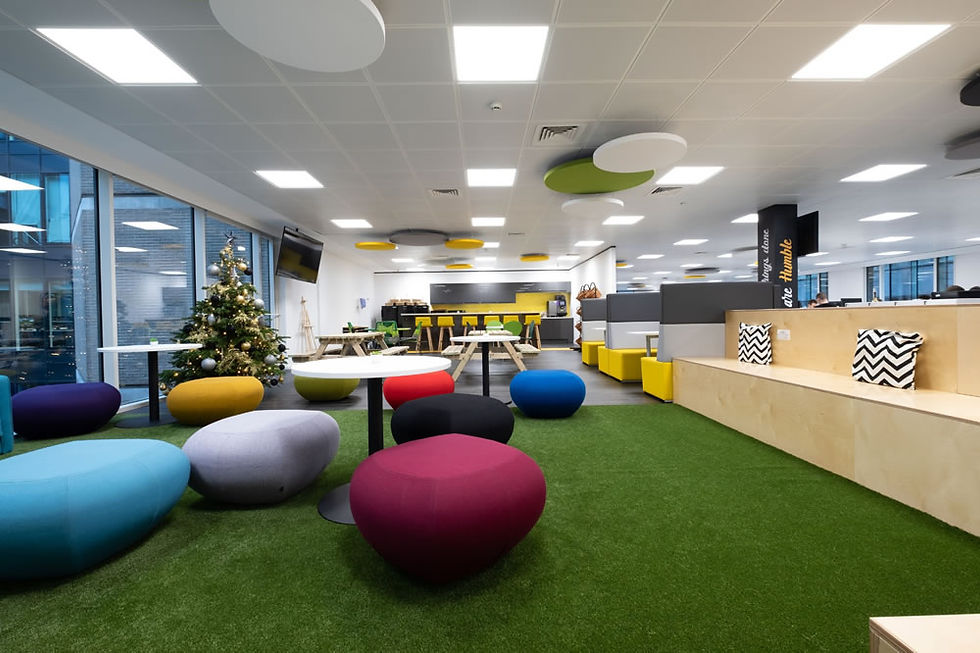
The forced (and rapid) transition to remote working went much better than almost anyone expected. So well that it has become fashionable to predict the end of the physical workspace forever. Research has shown that the reality is different, however, for both employees and executives.
Flexible Working is Here to Stay
While remote workers with optimal home working setups are up to 13% more productive, very few people have an optimal setup- a dedicated workroom, good broadband, and no children/ pets in the house. However, most workers say they feel more productive when working flexibly, and managers tend to agree.
Staff have quickly come to understand and embrace the freedom and autonomy afforded by flexible working, and the reduced distractions and pressures of the office have given employees the freedom to focus on their day-to-day roles. Looking to the future, flexible working will be essential to attracting and retaining top talent – indicating the need to optimise your workspace to the changing role of the physical office.
So is the Office

While remote working has been a success thus far, research has shown that the vast majority of workers want return to the office either full time or part-time when it is safe to do so, and all the most popular reasons point to what remote working cant offer. 2 in 3 employees want to return for community and collaboration, while 44% require access to facilities that are only available in the physical workplace.
The reason remote collaboration is manageable in the short term is existing relationships, according to Google’s Chief Operations Officer of real estate investments and development, Mark Golan. “Traditionally, relationships are formed in person. They are formed when you are in the office together when you go to lunch with them. So when you go into this kind of environment, like we’ve seen with COVID, you can then lean on these relationships. But if you’ve never had a chance to form them, there is nothing to lean on.”
The Workspace Needs to adapt
This acceleration in the rise of flexible working will certainly change for the modern workspace, but not the end- rather, a catalyst for change. The kind of focused, personal admin tasks that don’t need teamwork can be done remotely. But the collaborative and complex tasks that require in-depth interaction is much better done in the office.
As Mark Golan said “People are very efficient at doing their work at home in their home office, once they know what they are doing. The problem is when you have to decide what to do next”, he commented, pointing out the difficulty of remote ad-hoc interaction. “That’s where, if you don’t have physical co-location, I think we are all going to struggle. You run the risk of being very efficient at doing the wrong work, and I think over time that’s the risk that we run.”
What this means for you
So your workspace is not dead, neither will your desks be empty forever. Just as Flexible working is here to stay, so is the office. And while there is no universal solution, you will have to consider how to best utilise your workspace in the future to suit the changing needs of your company and people.
No longer do people need to sit in close proximity, doing unrelated tasks all day, with a 90-minute commute for their pains, but when they need to figure out where to take your company next, they need to be together. Only by ensuring your workspace is optimised for the changing future will you maximise productivity and satisfaction.
Want the numbers on whether flexible working works? Check out the infographic.


